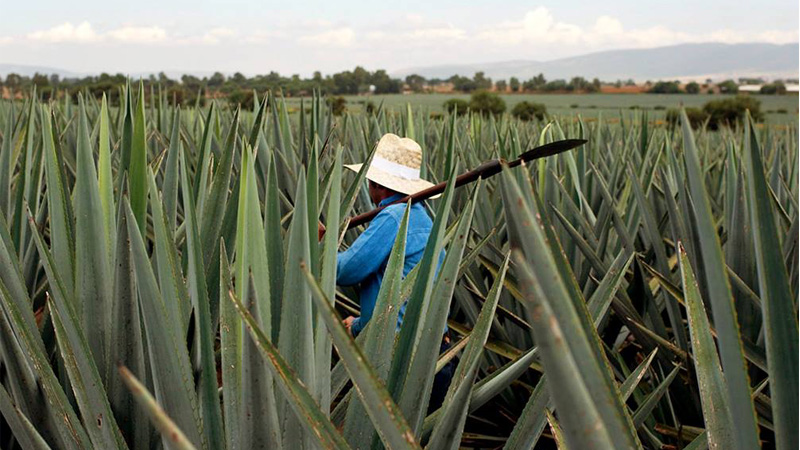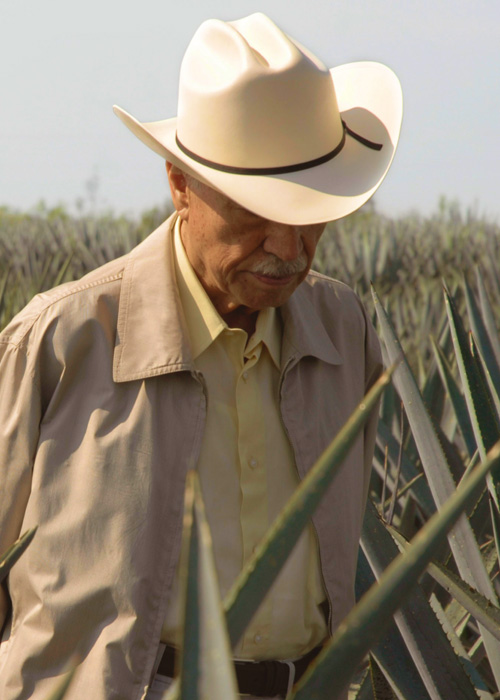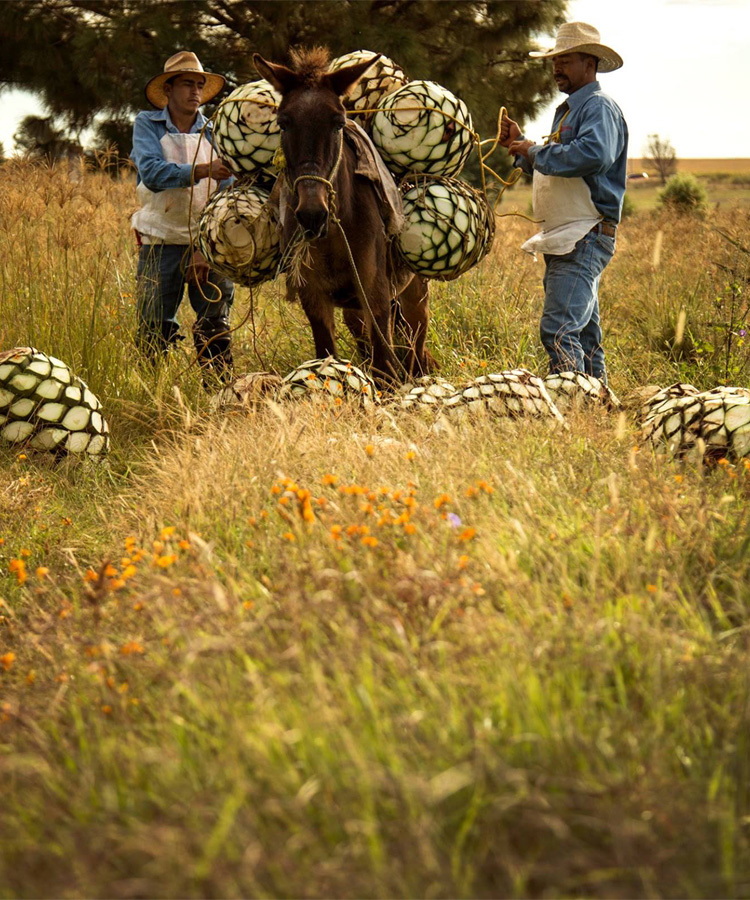
While you may know of tequila, there’s a strong possibility that you have yet to discover why this potent spirit commands devotion and respect from dedicated sippers and bartenders alike. You may remember those early tastes of tequila best for the effect they had on you but, make no mistake, this is a flavorful and nuanced spirit that deserves the accolades and awards it garners around the globe.
Whether you’re a newbie when it comes to this spirit or a seasoned tequilera who can mix a Margarita like no one’s business, get ready to take a tasty dive into the origins and development of tequila and discover Don Julio, an award-winning, premium brand that has helped shape the growth of this beloved spirit for over seven decades.

A Cultural Legend
Legend has it that the Aztecs in Mexico first fermented the sap of the maguey plant, a type of agave, more than 1,000 years ago to create pulque, a sacred beverage consumed during religious ceremonies. This marked the first time that the agave plant was used to make an alcoholic beverage, but thanks to intrepid denizens in the state of Jalisco, Mexico nearly 500 years later, it would not be the last time.
Tequila is named after the town in which it was first produced in the 16th century and only five states in Mexico — Jalisco, Tamaulipas, Nayarit, Guanajuanto, and Michoacan — are allowed to use the designation of tequila for the spirits they produce. Like many spirits, the process of making tequila has been refined over the centuries and now follows an established process before being bottled and heading to shelves.
Tequila’s home state of Jalisco has a temperate climate that is ideal for growing the Blue Weber agave plants that are used exclusively to make tequila. Blue agave plants, matured at least seven years old, have bulbs in the heart of each plant called piñas, which are harvested and then baked in large brick, clay, or stainless-steel ovens before being crushed to extract the juice. The juice, known as mosto, is then fermented in wooden barrels or tanks before being distilled. From there, distillers choose whether to bottle the distillate as a blanco or place it in casks for further aging.
A New Beginning

Tequila had been distributed around the globe for centuries when a 17-year-old Don Julio González, a native of Ocotlan, a city located less than 80 miles from Tequila, immersed himself in the world of tequila production in 1942. Within five years, Don Julio built his own distillery, La Primavera, and began bottling and selling his own tequila.
In an early stroke of genius, Don Julio distinguished his brand by improving on the traditional planting pattern of the agave plants, using a more structured system throughout the clay soil, resulting in a higher-quality crop. He also opted to break with the traditional tall tequila bottles, instead crafting the brand’s iconic shorter and more decorative bottles that added a welcome dash of style to tables and shelves around the world.
The brand was officially renamed Don Julio in 1987 to coincide with the 40th anniversary of its debut and has expanded its award-winning variants throughout the years. These include Don Julio Blanco, a light silver aged for the minimum 14 to 21 days; an amber Reposado aged in white oak barrels for eight months that boasts hints of dry fruit, nuts, and caramel; and an Añejo, aged in white oak barrels for 18 months, which gives the spirit a warmer, deeper hue and a woodsy, agave flavor.
There are also unique Don Julio variants, such as Don Julio Primavera, a limited-edition Reposado aged in orange wine casks, and — a first for the spirit — the Don Julio 70 that blends Añejo and Blanco tequilas and artfully preserves the sophistication and smoothness inherent in both variants. And then there’s the iconic Don Julio 1942, a handcrafted Anejo aged for two and a half years that commemorates the brand’s beginnings.
Today, that small company founded by an innovative young man with strong community ties can be found in over 40 countries and continues to introduce new generations to the history and the complexities of this savory spirit.
Please Drink Responsibly. DON JULIO Tequila. 40% Alc/Vol.
This article is sponsored by Don Julio.
